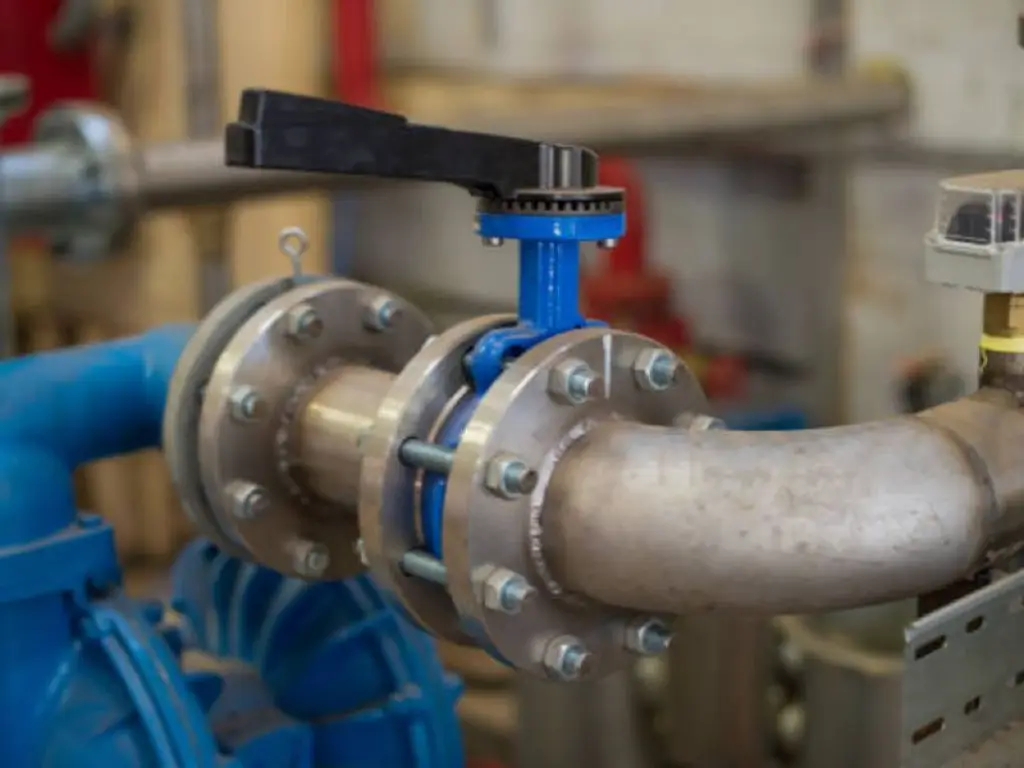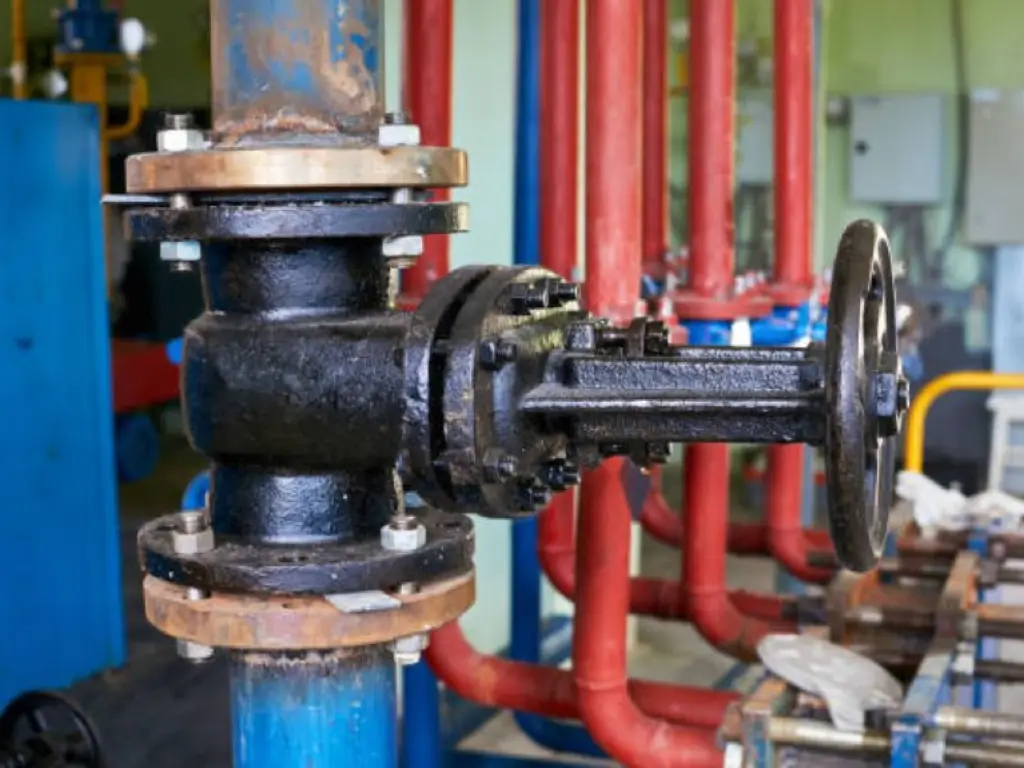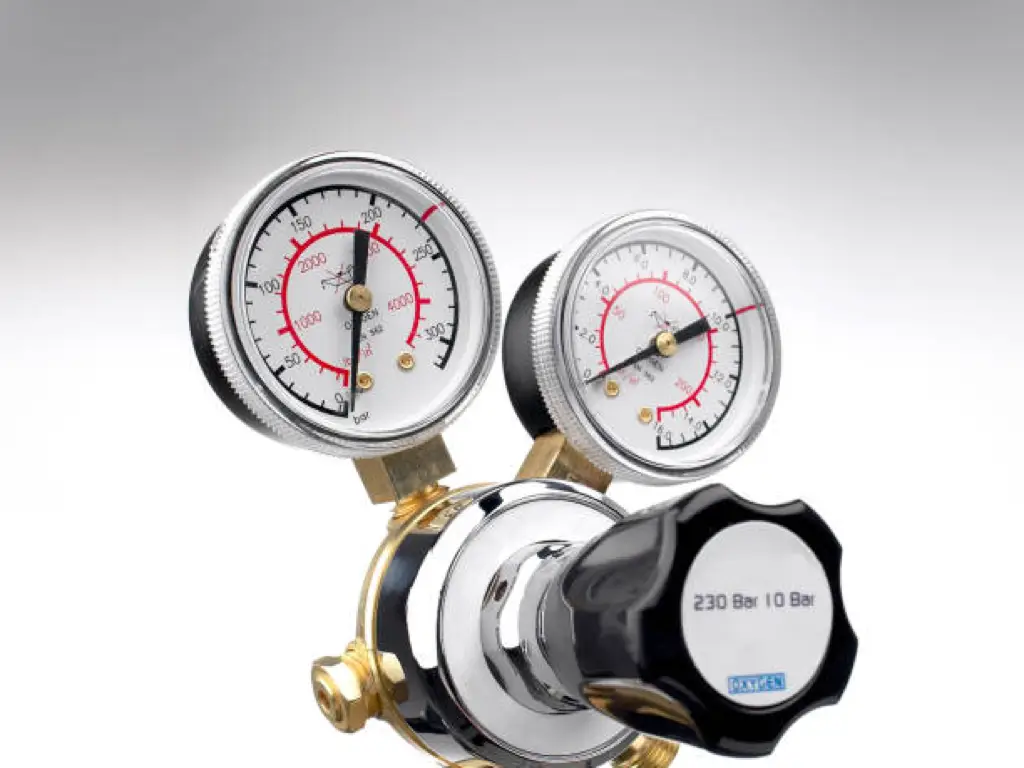What is a Back Pressure Valve (or Regulator)?
A back pressure valve, also referred to as a back pressure regulator, operates as an indispensable component in managing the upstream pressure throughout various industries. This type of valve is designed as a normally closed valve where pressure exists against the natural flow of a fluid or gas. The fundamental purpose of a back pressure valve is to control the upstream pressure, maintaining it to a decided limit. Consider it as a highly-responsive relief valve that relieves excess pressure, though without abruptly opening and releasing a substantial amount of pressure.

Back pressure valves function by monitoring the upstream pressure in a system. When upstream pressure tends to exceed the setpoint, these valves are engineered to respond, acting as a check to this overshoot. Imagine it as a diaphragm surveilling and reacting to build-ups of pressure, thus keeping its own inlet steady.
How Do Back Pressure Valves Work?
Providing an understanding of how back pressure valves work requires a simplification of engineering concepts. Initially, the valve remains closed owing to the loading force applied on the sensing element by means of a typical mechanical spring or either pneumatic or hydraulic pressure. This force is transmitted to the valve or seat control element, preventing the valve from opening unless the system pressure rises on the inlet port. The function of back pressure valves is to regulate fluid pressure within a system, ensuring optimal performance and preventing damage.

When system pressure increases beyond the set threshold, the back pressure valve reacts to this surge. The increasing pressure provides counterforce under the sensor to counteract the leading force. As the system pressure surpasses the loading pressure, the pressurized force under the sensor pushes the valve up, opening the seal orifice and allowing the fluid to flow through. This process continues until an equilibrium state is achieved where the system pressure equals the loading force, resulting in the attainment of the system’s desired setpoint.
What Are the Applications of Back Pressure Valves?
- Oil and Gas Applications: Back pressure valves are pivotal in controlling pressure across diverse flows in oil and gas production vessels such as separators, treaters, and free water knockouts. They play a pivotal role in pressure-sensitive environments by accurately controlling pressure across various flows. Their function is vital in maintaining a consistent pressure in separators, treaters, and free water knockouts, which can be processed through the vessel and out for sale, further processing, or disposal.
- Compressor Stations: Back pressure valves play a crucial role in compressor stations where they offer beneficial pressure control and safety.
- Gas Gathering Systems: They serve as an instrumental component in gas gathering systems by managing and maintaining the required pressure standards.
- Pump Control Applications: In pump control applications, back pressure valves are used to regulate an effective, controlled flow, averting downstream equipment malfunctions due to inconsistent pressure.
What Are the Benefits of Using Back Pressure Valves?
- Prevention of Overpressure: Back pressure valves can protect systems from potential damage caused by overpressure on the inlet side. They are sensitive to pressure fluctuations and vent out excess pressure when necessary.
- Reducing Turbulence: By allowing for a straight-through flow, these valves mitigate turbulence, consequently enhancing the system’s durability and lifespan.
- High-Precision Pressure Control: A distinguishing feature of back pressure valves is their ability to provide highly accurate pressure control and extremely high pressure stability. This accuracy is primarily due to the use of a sensing element, rather than relying on spring force over a small orifice.
- Mitigating Leakage: The valve’s design ensures a consistent area of closure, reducing the effects of wire draw – a common cause of seat leakage.
- Decreased Maintenance and Increased Productivity: The utilization of back pressure valves can lead to decreased system downtime due to maintenance, providing increased opportunities for productivity and profit growth.
How to Install a Back Pressure Valve?
Installing a back pressure valve involves positioning it at the end of the line, unlike a pressure regulator that controls outlet pressure and is installed at the beginning of the line. The valve is adjusted via a screw located at the top of the valve. Tightening or loosening this screw can alter the set point, modifying how the valve responds to upstream pressure. The installation of a back pressure valve ensures the defined pressure is maintained in the system.However, it’s crucial that industries procure professional help in the installation process. It ensures the back pressure valve operates optimally and maintains the prescribed set point of pressure within the system.
What Are the Differences Between a Pressure Regulator and a Back Pressure Regulator?
Though they perform similar functions, pressure regulators and back pressure regulators have key differences. The primary divergency lies in their control points. A back pressure regulator controls the upstream pressure, while a pressure regulator manages the downstream pressure. Similarly, a back pressure regulator is normally closed, while a pressure regulator is normally open. This fundamental difference stems from their inherent design and operation principles, despite both being critically important components in a system to regulate pressure.

Back pressure valves are also similar to pressure relief valves in that they control their inlet pressure. However, the purpose of a back pressure valve is to collapse flow control, whereas the purpose of a pressure relief valve is to control unintended pressure excursions.
| Dimension | Pressure Regulator | Back Pressure Regulator |
| Function | It controls downstream pressure by reducing inlet pressure to a steady state. | It controls upstream pressure by maintaining a set pressure and venting any excess pressure to sustain equilibrium. |
| Operation | Normally open, as it reduces pressure in the system. | Normally closed, as it prevents flow in the system until the defined set pressure is achieved. |
| Installation Point | It is installed at the beginning of the line. | It is installed at the end of the line. |
| Usage | Primarily used to ensure safe downstream pressure and regulate it to protect sensitive equipment from excess pressure. | Focused on maintaining a certain pressure upstream of its setup to ensure the fluid or gas flow is controlled. This control is essential in pump control applications and pressure-sensitive processes. |
| Valve Opening Mechanism | It opens when the inlet pressure is higher than the set point, allowing fluid or gas to flow into the bottle line. | It opens when the upstream pressure exceeds the set point, venting excess pressure. |
| Main Concern | Targets reliably reduce the pressure to a defined level in a line or system. | Targets holding back or controlling pressure to an already defined level in a line or system. |
What Factors to Consider When Choosing a Back Pressure Valve?
Several factors require consideration while selecting the right back pressure valve – the flow rate, the type of fluid or gas being handled (its corrosivity or toxicity), the temperature at which the system operates and the necessary pressure control precision. Industries typically prefer control valves made of stainless steel or similar alloys for their durability and resistance to harsh working conditions.Additionally, the valve’s maintenance requirements and its capacity to handle variations in flow should also be evaluated. Manufacturers offer different variations of back pressure valves, including spring-loaded and dome-loaded options, with each suitable for specific operational needs.
Conclusion
With their fundamental role in pressure regulation, back pressure valves form an essential component in a variety of applications across numerous sectors. By understanding what they are, how they function, and the key factors to consider when choosing one, industries can ensure optimal operations and efficiency.
Get a Quote with Dombor
For more information on back pressure valves – from their installation to maintenance – reach out to Dombor. Our team of experts can guide you in selecting a back pressure valve that best serves your operational needs. Contact Dombor today for a customized quote.









